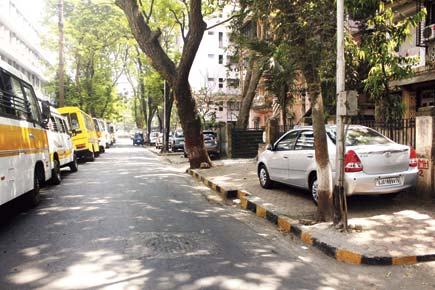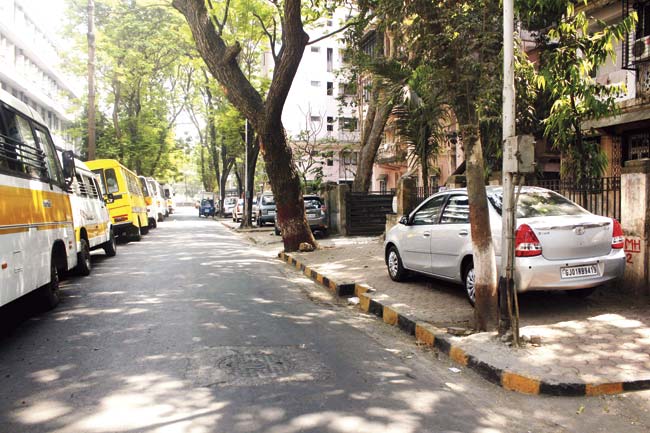After a long time, we managed to sneak in fleeting darshans around the delightfully diverse and vibrant neighbourhoods of Dadar and Matunga (Central)

 After a long time, we managed to sneak in fleeting darshans around the delightfully diverse and vibrant neighbourhoods of Dadar and Matunga (Central). Some pockets of these areas remain largely unchanged; others are shockingly unrecognisable. One of the best places to watch this uneasy contrast is around Hindu Colony. One-time sleepy residential colony for Maharashtrians who came to the city from across the length and breadth of the state, its tree-lined lanes brought more than just shade for passers-by.
After a long time, we managed to sneak in fleeting darshans around the delightfully diverse and vibrant neighbourhoods of Dadar and Matunga (Central). Some pockets of these areas remain largely unchanged; others are shockingly unrecognisable. One of the best places to watch this uneasy contrast is around Hindu Colony. One-time sleepy residential colony for Maharashtrians who came to the city from across the length and breadth of the state, its tree-lined lanes brought more than just shade for passers-by.

Dadar Hindu Colony. File pic
ADVERTISEMENT
The area had created and cultivated a sense of community, and of pride of their local heritage and how! From a buzzing Indian Classical scene that supported regional performing arts at the IES Raja Shivaji Vidya Sankul to frames of senior-citizen couples walk down sidewalks, things seem to have changed as we strolled down this locality. Shooting into the sky like eyesores amid the tranquility of bungalows and three-storeyed verandah-lined buildings, sky-rises are a common sight now. So were the endearing images of aaji-ajoba groups that we collegians had gotten so used to spotting during our walks in these parts. Not any more, lest they get run over by speeding bikers. Even the King’s Circle roundabout and its surroundings have changed, save the Udupi strongholds Cafe Madras and Mysore, respectively, and a few others as teeming crowds waited outside well past lunchtime. It was a comforting sight.
Moving forward, as we headed towards Tilak Bridge (old timers might remember it as Kingsway), near Shivaji Park, there were a few noticeable changes along its streetscape from the redone (and ghastly) façade of Plaza to splashy new malls and other retail destinations standing cheek and jowl beside each other. On the opposite side, a popular seafood eatery that’s been around for a while sans any flashy signage or glam, seemed to be doing brisk business. As the joke goes, most people would often mistake the queues to be for the bus stand that lines the same sidewalk! Ahead, a similar pattern was spotted along the occupants of these buildings, in this nerve centre of enterprise in Dadar. Traditional sari centres and jewellery makers had made way for swankier, younger brands. Stationery shops that were a common sight in these parts appeared fewer than a decade earlier even. A few iconic eateries and sweetmeat shops were holding fort, still. We managed a smile.
But for how long, really? For those like us who have grown up watching, and soaking in, this multi-layered, dynamic and charming character of the city, the change is hard to swallow, but difficult to ignore. Change is inevitable. Sad, then, that our coming generations might never be able to imagine how their city once looked like, in its original form.
PS: Dadar means staircase or ladder, as it was situated exactly in the heart of Mumbai. The name was derived directly from the Marathi word for ladder or staircase, to denote its leading towards Bombay. Source: Bombay: Place-Names and Street-Names: An Excursion into the by-ways of the history of Bombay City by Samuel T Sheppard
The writer is Features Editor of mid-day
 Subscribe today by clicking the link and stay updated with the latest news!" Click here!
Subscribe today by clicking the link and stay updated with the latest news!" Click here!







